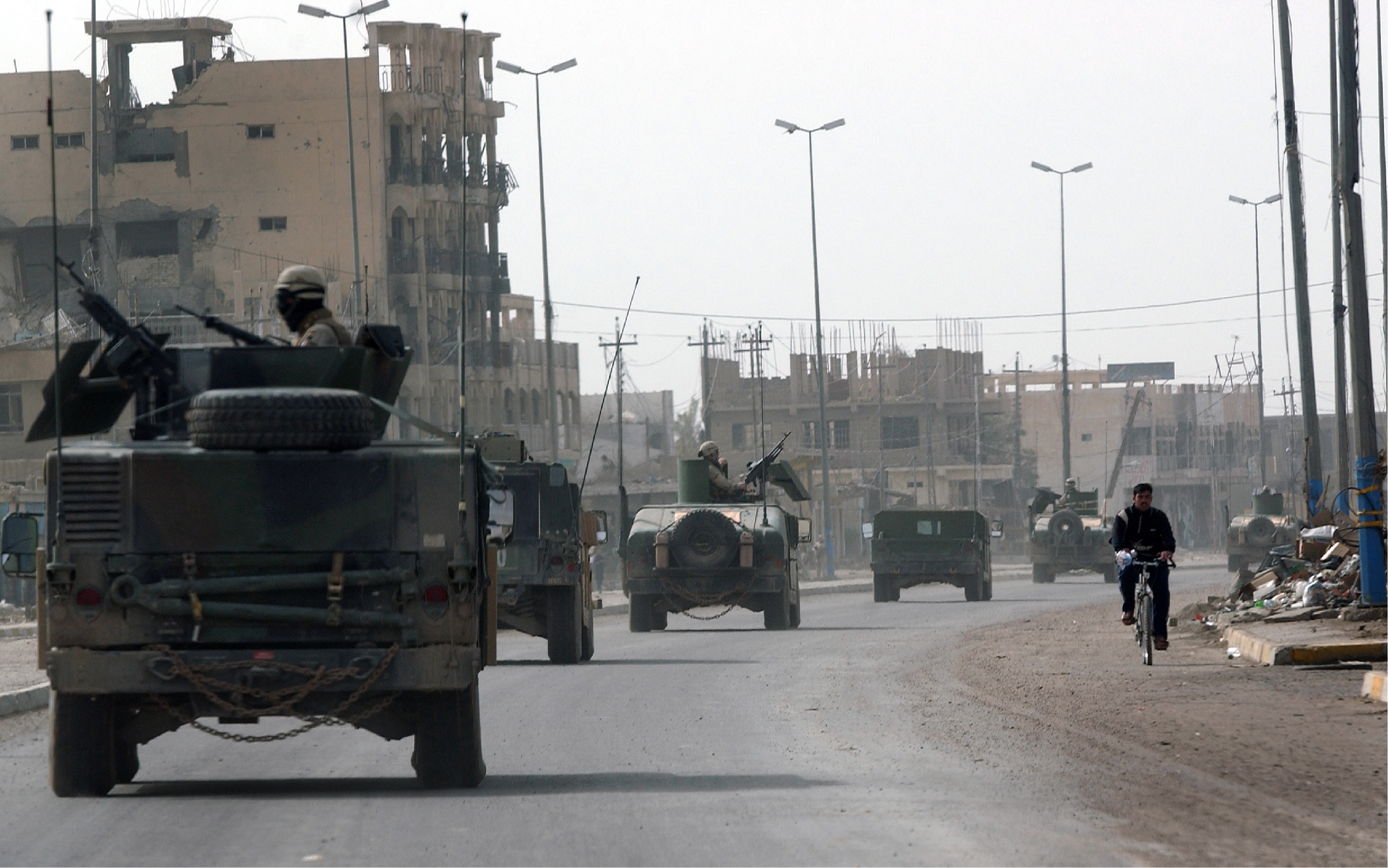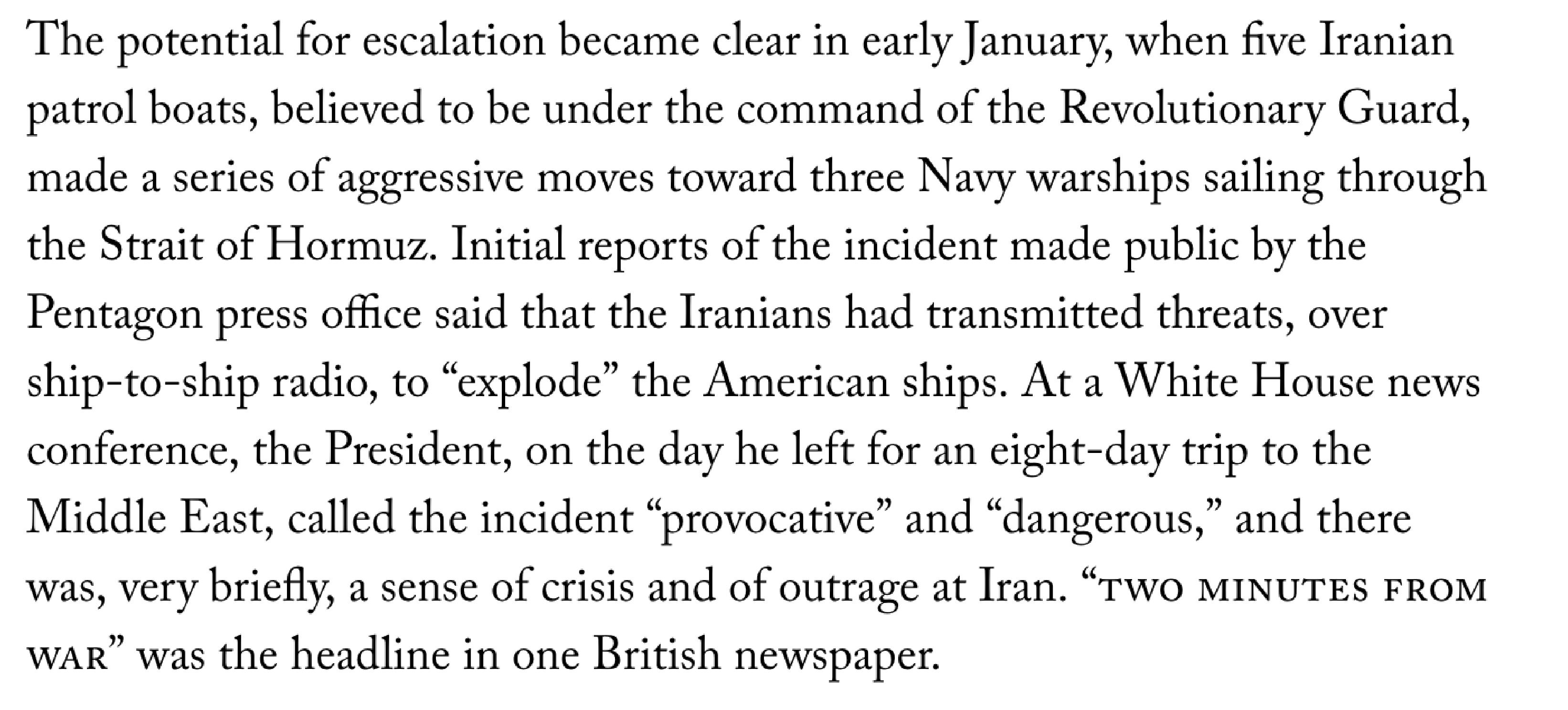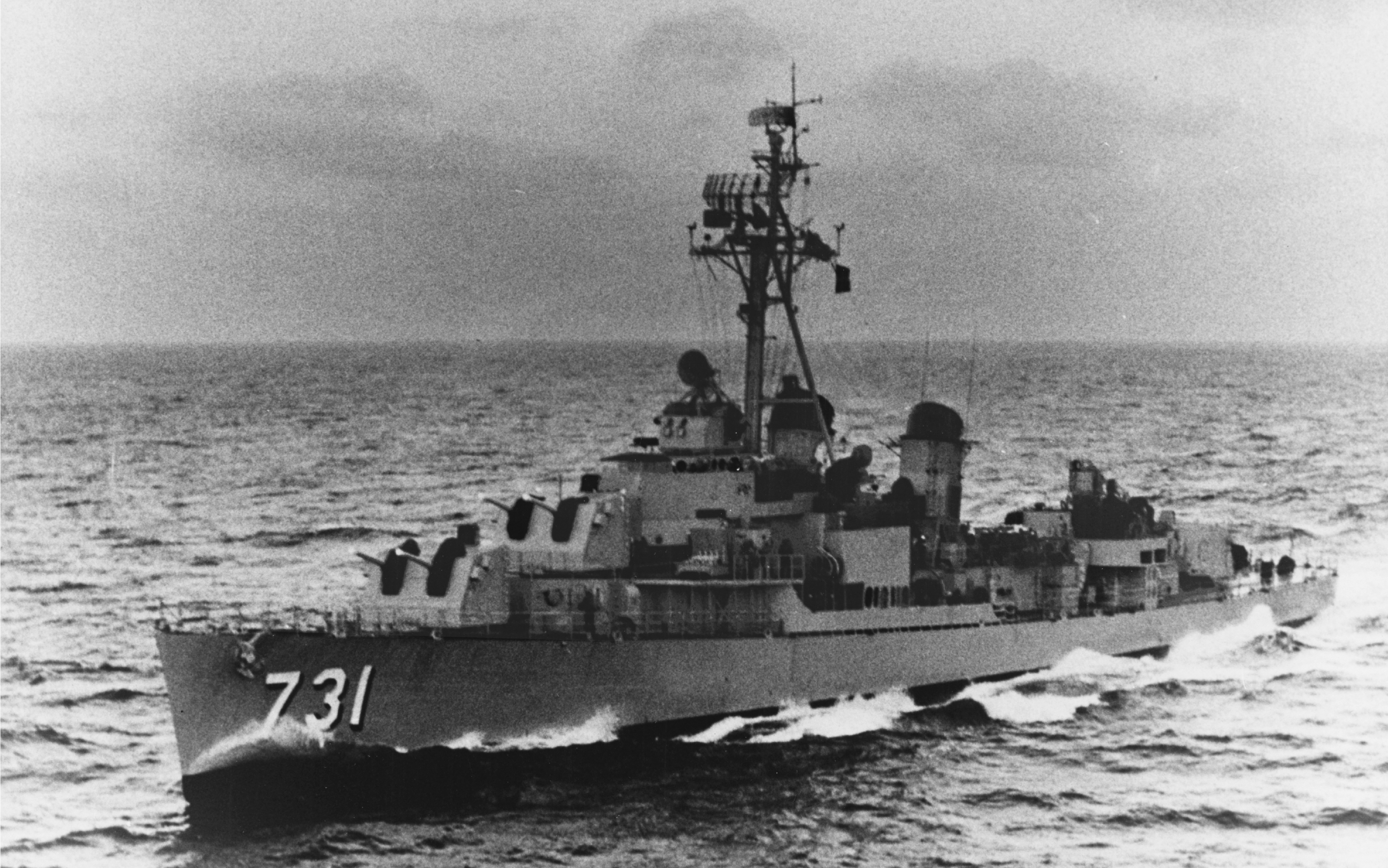Learning from Iran: How Conflict Escalates
It’s increasingly accepted that Trump administration officials and select members of the United States Congress are interested in inciting a military conflict with Iran. The question is how exactly that war might start. In some of the most common historical comparisons, an incident that in another context might have blown over becomes a pretext for war. Understanding how these incidents can escalate is essential to preventing conflict and maintaining stability in a nuclear-armed world.

The most common comparison is to the lead-up to the Iraq War in 2003, a formative experience for many people working in media and politics today. Spurious claims that Iran seeks to restart its nuclear weapons program recall false claims about Iraq possessing weapons of mass destruction; in some cases, the cast of characters hasn’t even changed.
Indeed, one forgotten footnote to the Iraq War was the effort in the waning days of the Bush administration to find a pretext for war with Iran, documented by Seymour Hersh in the New Yorker that year. Hersh writes about how a 2008 incident in the Gulf of Hormuz led to a meeting in Vice President Dick Cheney’s office where participants discussed how to create an appropriate pretext for a military strike on Iran.

Hersh, in a Q&A session at a journalism conference, later stated: “if you get the right incident, the American public will support” military intervention.
Other similar episodes echo more faintly in Americans’ memory, like the Gulf of Tonkin incident, when two encounters between US and North Vietnamese boats—later found to have been exaggerated—led to the beginning of the Vietnam War. It’s now commonly remembered as a pretext for military action. In hindsight, with Vietnam remembered as a deeply unpopular, futile war whose consequences permeated America’s domestic politics at their deepest levels, the incident is being revisited as an intuitive point of reference for a potential US-Iran conflict with no clear goals, scope, or compelling purpose.
All of these wars were incredibly costly and destructive, as war with Iran would be, and people are rightly focused on understanding how they began as a way of trying to head off another military misadventure. Open-source intelligence research, which has blossomed in the years since the Iraq War began, is at the forefront of the struggle to control the narrative around Iran. This research is critical to understanding risk in cases where escalation carries the threat of more catastrophic consequences.
'If you get the right incident, the American public will support' military intervention.
Global Zero’s Military Incidents Project, which tracks publicly known incidents involving nuclear-armed countries in four nuclear flashpoints, uses open-source research to understand incidents that could lead to conflict. Soon, we’ll be rolling out a comprehensive risk-rating system, which estimates the likelihood that a given incident could escalate to all-out military conflict between nuclear-armed countries and/or their allies, providing a dangerous and slippery slope to a nuclear exchange.
Moments like these demonstrate that risk is often dependent on context and difficult to quantify. When uncertainty is weaponized for destructive ends, simply stating the truth is not always enough to prevent irresponsible action. And, in an era when many mistrust even credible news sources, it may be all the more difficult to effectively discredit a spurious claim made by government officials. But keeping a close eye on trends and patterns and making primary sources available to the media and the public makes it harder to invent a pretext for needless war.

This is a key first step toward avoiding another disastrous, destabilizing conflict, one that must be followed by meaningful steps toward risk reduction and a renewed commitment to nuclear diplomacy.